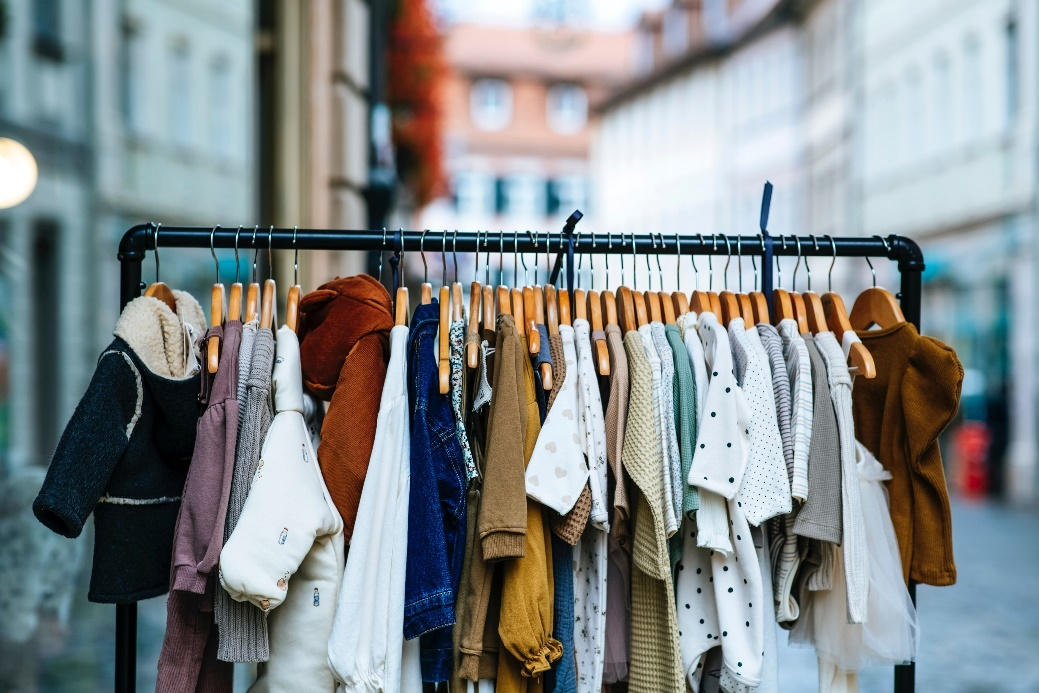Despite being one of the world’s most dynamic and consequential industries, the fashion industry is among the most harmful to the environment. Due to overproduction or little flaws, millions of clothing are thrown out annually as a result of the fast fashion industry’s meteoric rise, making textile waste worse. But there is a rising tide in the fashion industry that is trying to change that by repurposing and recycling old clothes into new, trendy items.
The Issue of Textile Waste
There is a major problem with textile waste in terms of the environment. Each year, Americans discard about 81 pounds of clothing, as reported by the Environmental Protection Agency (EPA). Landfills are the last resting place for a lot of this trash, and it can take decades for it to break down because of all the greenhouse gases it releases. To a large extent, this issue is caused by factory rejects, which are products that are thrown out because of minor flaws or defective production. When these garments are no longer needed, they are discarded, leading to waste. In case you are interested in knowing how to buy factory reject clothing, then begin by realizing what it is all about and how it works.
To begin, what is upcycling?
“Upcycling” refers to the practice of repurposing previously used materials into new ones that are even better or more valuable than the original. Upcycling is an eco-friendlier alternative to recycling because it keeps the original material intact while reducing energy use. Recycling breaks down materials to generate new goods. An example of upcycling in the fashion industry would be the practice of taking garments that have been rejected by a factory and giving them new life through various forms of creative alteration.
Here are Some advantages of upcycling for your clothing
-
One benefit of upcycling is that it helps decrease the amount of textile waste that goes to landfills by finding new uses for these materials. For a more environmentally responsible fashion sector, any item that doesn’t end up in the trash is a lost opportunity.
-
Upcycling has a vastly less carbon footprint compared to recycling or making brand-new clothes from scratch. Since less resources are being used, the fashion industry’s carbon footprint is lessened.
-
Upcycled clothing honors one-of-a-kind styles. It is a testament to the artistry and craftsmanship of the creator that each item is typically entirely unique. This is in sharp contrast to the mass-produced goods typical of quick fashion.
-
Upcycling has the potential to open doors to new fashion-related businesses and create jobs. In this sector, small companies and freelance designers frequently take the lead, which is good for both their communities’ economies and the future of innovation.
Here’s How Upcycled Clothing Runs
Production Facility Denials
Locating garments that are considered a waste product of the manufacturing process is task one. Companies that specialize in upcycling or designers often purchase or receive donations of unsalable items from brands and factories. These things are fresh out of the store but may have tiny flaws like a rip, discoloration, or missing button.
Making and Designing
The true magic begins when the sourcing is arranged. After examining an item, designers consider all of its possible uses and modifications. Part of this could include:
-
Fixing little flaws so the clothing can be worn again is the goal of preservation.
-
Altering means making changes to the thing such as size, shape, or fit in order to get a different appearance.
-
Embellishing, enhancing its aesthetic value by embellishing it with patches, embroidery, or other decorative elements.
-
Combining, bringing together two or more outfits to make a totally original and distinctive item.
Displaying and Selling
Following their refurbishment, the repurposed clothing is displayed in a variety of venues, including online marketplaces, social media, brick-and-mortar boutiques, and events like fashion shows. As a result, shoppers have more interesting options in sustainable clothing, and more people will be aware of the value of such choices.
-
Rather than throwing out old clothes, consider donating them to a charity or selling them to an upcycling company or a thrift store. By doing so, you may give your clothes a new lease of life while simultaneously cutting down on clutter.
-
Get the word out about the amazing benefits of upcycled fashion. Get the word out about your upcycling endeavors and the importance of sustainable fashion by sharing them on social media.
The Closure
More than a passing fad, the upcycling movement is an essential component of the fashion industry’s long-term viability discussion. Fashion designers and consumers may work together to reduce textile waste, lessen environmental effects, and promote innovation by repurposing garments from manufacturers. Upcycling is a fashionable and functional answer to one of the biggest problems facing the sustainable fashion industry right now, which is seeing an increase in both demand and concern. Accept and even encourage repurposed clothing as a means to an end—a more sustainable society.










